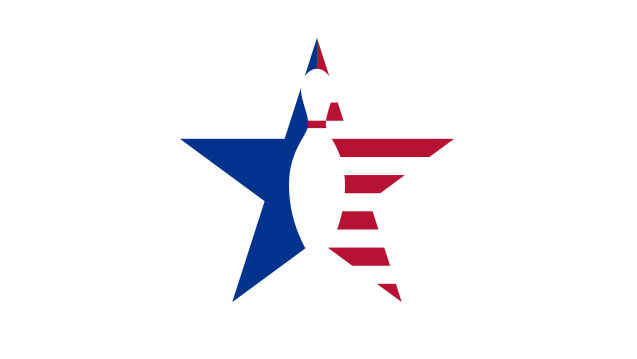Storm: Sync

60 Hook 12 Length 16 Breakpoint Shape
Manufacturer’s Intent: “The new Sync utilizes the same NRG solid reactive cover as the Virtual Gravity Nano — nanotechnology best handles heavy oil — but we have developed a new weight block shape to maximize ball motion,” says Steve Kloempken, Storm’s technical director. “The new G2 core has the strongest preferred spin axis of any Storm ball ever produced.”
Core Design: The G2 core’s RG is low at 2.47 and the differential strong at .058. The big change is the PSA, which measures in at .028. We saw up to 6.5 inches of track flare. The new core promises to help create more motion shape changes from one layout to another, so we put this to the test.
Coverstock: An iced cranberry scent will please your sense of smell. The NRG solid reactive cover is a fusion of red, orange and black. The final factory finish is 4000 grit sanded, after an initial sanding of 500 grit. Oil traction is very good, and response time on drier areas is moderately quick. The Ra is 6.5 and the surface grit is 4200.
Test Results: With Storm’s already heavy lineup of super-hookers, we wondered about the need for one more. Then we threw the Sync. Well, it overpowers any medium to heavy oil pattern of any length. For our comparison test, we drilled all of our test balls with a 4-inch pin distance from our PAP. The strongest mid-lane motion was from our lower pin drilling with the PSA 3 inches right of the thumb hole, near the vertical axis line. We also positioned a weight hole near the PSA mark. For a later, more angular motion shape, we next drilled a ball with the pin well above the fingers, and with a 1.5-inch buffer distance from the VAL. That drilling gave us 2 to 3 feet of added length and an additional 2 degrees of angle of entry. Be sure to choose your layout option wisely, with your IBPSIA pro shop’s help.
When to Use: The Sync will cover any and all heavier oil environments for most player styles. Those bowling on lighter patterns should consider less aggressive options for the best match-ups. On all of our house shots, we simply played an extra 4 to 8 boards deeper in the pattern and used the hold area as our “miss” area. Our pin carry was well above average and our targeting area was quite large, always a good combination.





